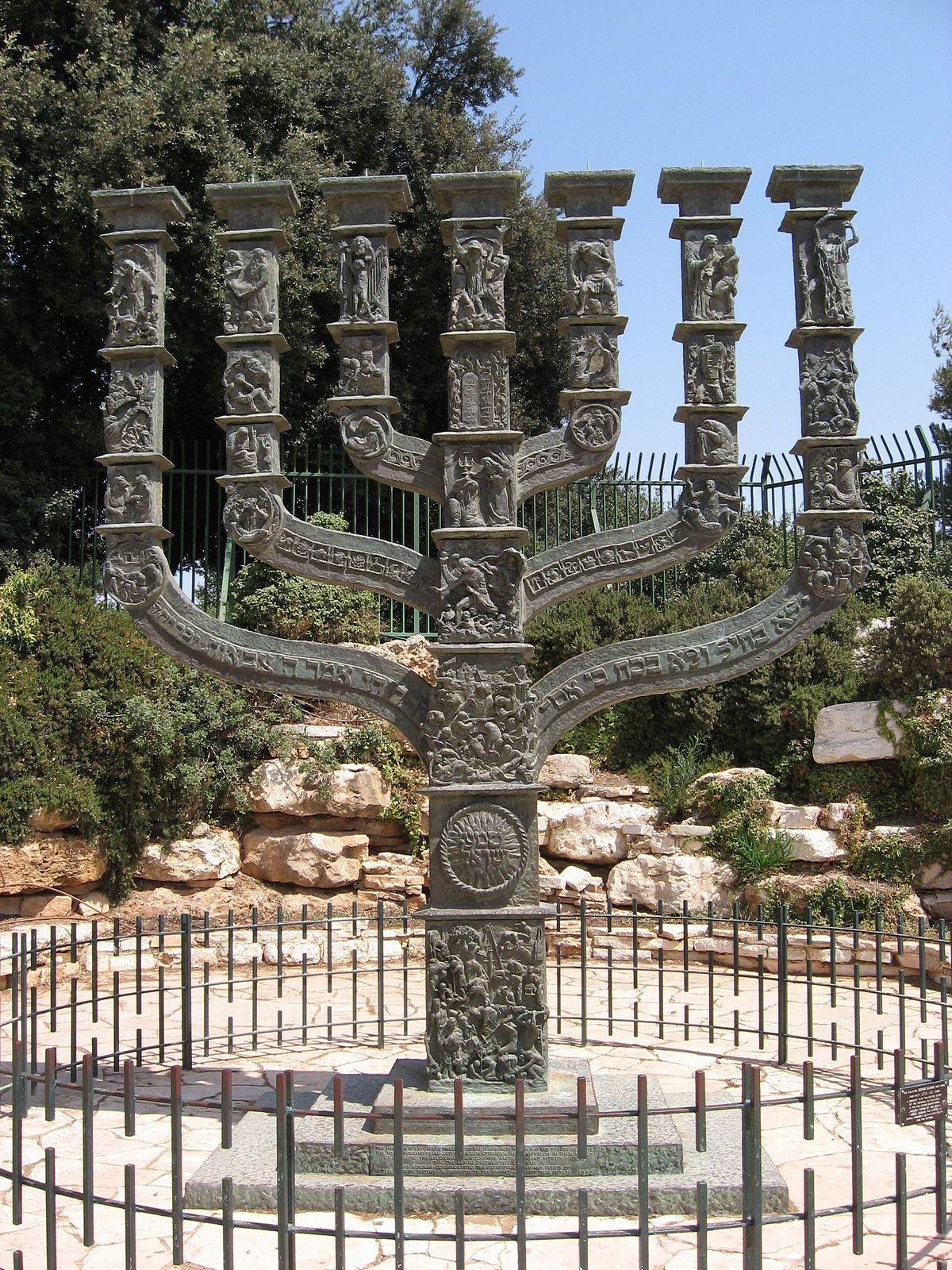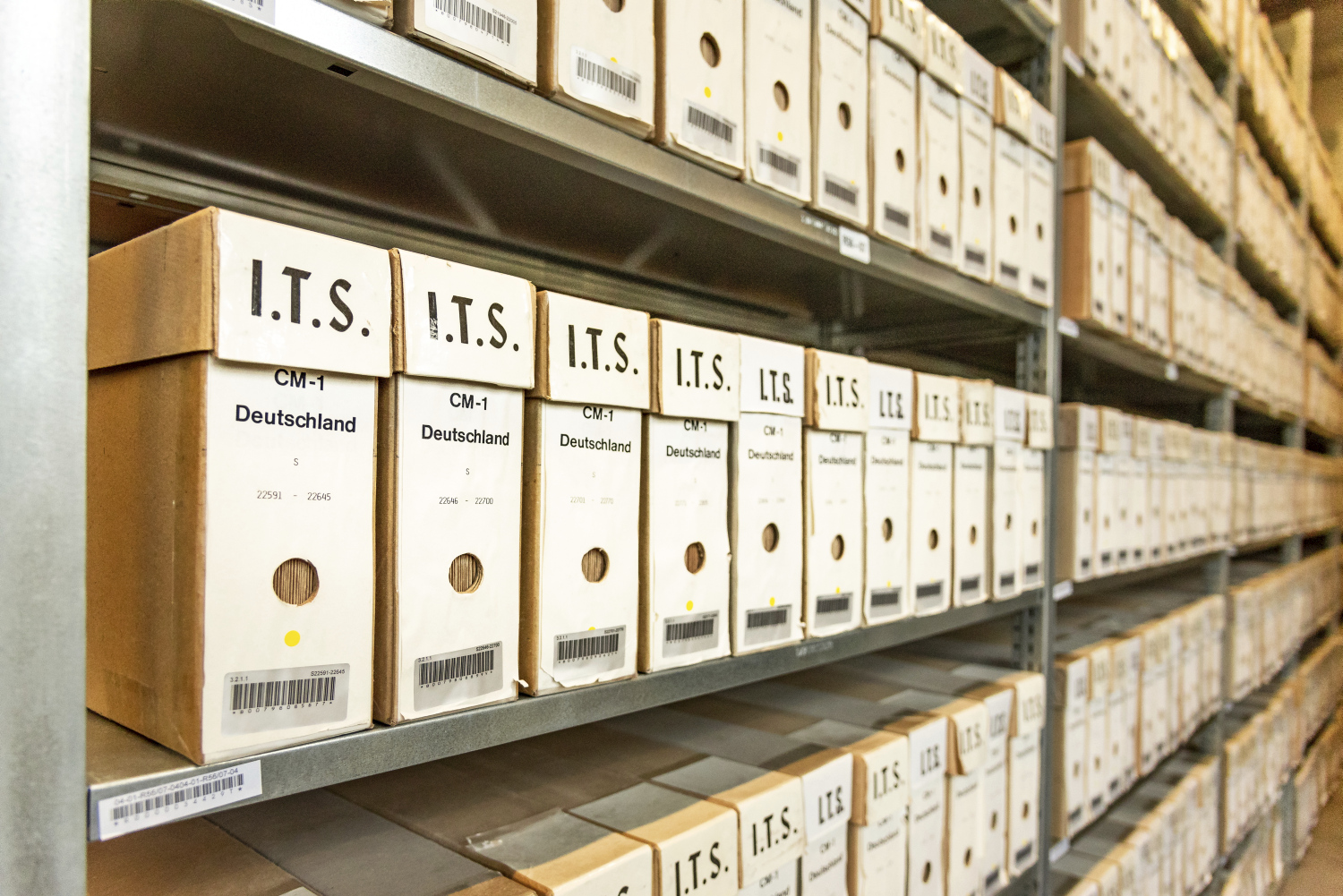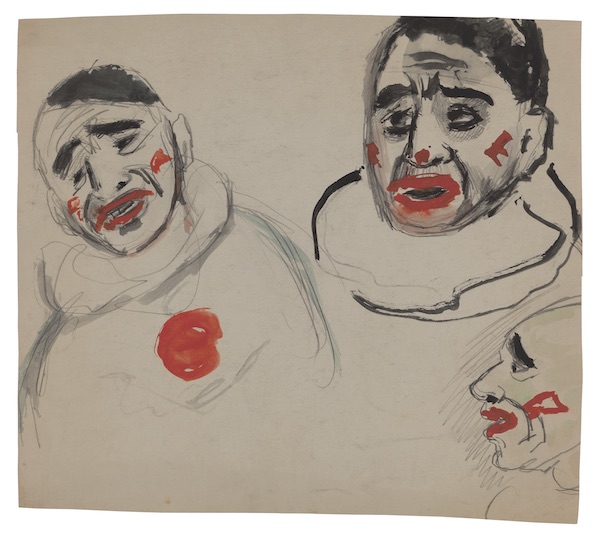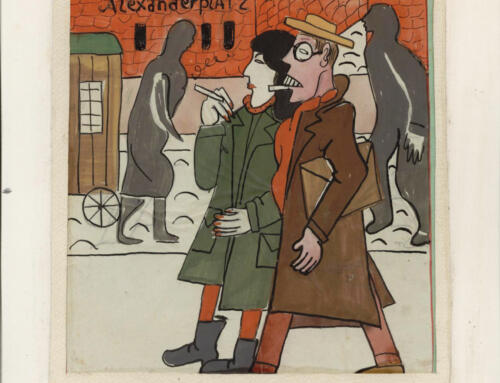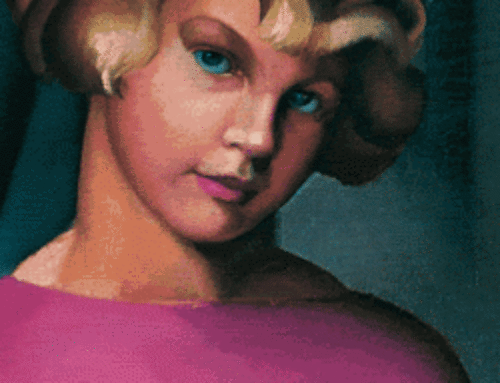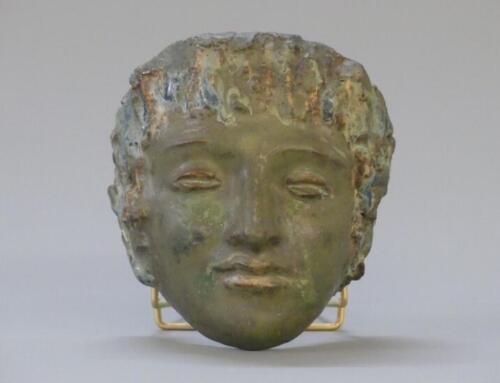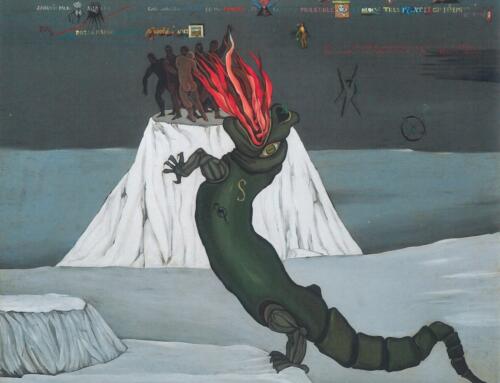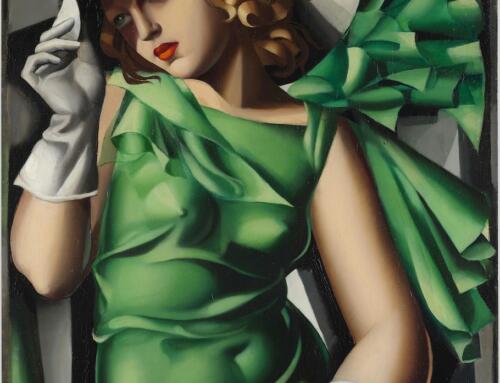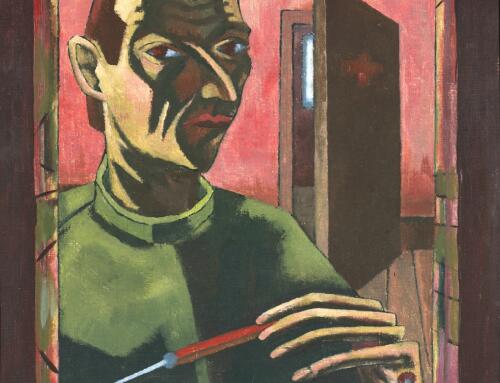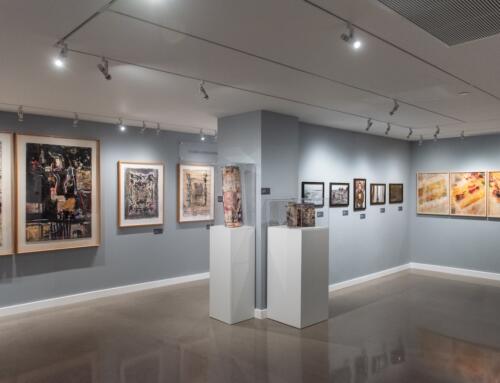Dear Friends,
Did you ever wonder who created the large Menorah that is standing in front of the Knesset in Jerusalem? We’ll bring the story to your screen, on Wednesday, March 3, 2021, at 12:00pm US ET! Christian Walda (Dortmund, Germany) will speak about “Becoming Jewish: The Sculptor Benno Elkan (1877-1960),” followed by focused presentations by Wolfgang E. Weick (Dortmund) and Ori Z. Soltes (Washington DC).
Please register for this Zoom event HERE.
Benno Elkan, Menorah, 1956. Knesset, Jerusalem
The oeuvre of the German born sculptor was largely made up of commissions. In the beginning, he mainly created tombs. Medals, portrait busts of well-known personalities, monuments to victims and candelabras follow, partly for the religious (Jewish and Christian) context.
Elkan fled persecution by the German Nazi regime to Great Britain in 1934 and lived with his family in London until the end of his life. At this event, a presentation of the artist’s life and work is followed by in depth discussions of Elkan’s two most important works: For the first time, a virtual recreation of the Memorial to the Defenseless Victims of the Bombing War is presented here to the international public, followed by an in depth discussion of Elkan’s Menorah in Jerusalem.
And then we are embarking on an exciting new project, which will only be successful with everyone’s help: starting Wednesday, March 10 we are partnering with the Arolsen Archives to help build the largest digital memorial to the victims of Nazism.
Founded in 1947 by the Allies, the Arolsen Archives house about 30 million historical documents, out of which 27 million are accessible online. This translates to information on about 17.5 million people, including documents from Nazi concentration camps, ghettoes and penal institutions, documents about forced laborers, and documents from the early post-war period about Displaced Persons, mainly Holocaust survivors, former concentration camp prisoners, and forced laborers. People who had fled the sphere of influence of the Soviet Union for political reasons are also included.
Find out next week how every one of us can commemorate the victims of Nazism by helping to build the largest digital memorial (It’s very easy, I promise)!
But first, we’ll celebrate Purim, starting tonight!
“Purimfest 1946.” These were the last words of the Nazi Julius Streicher, the first Nazi executed at Nuremberg 75 years ago. Rabbi Meir Y. Soloveichik writes, “On October 16, 1946, Julius Streicher—the Nazi’s Nazi, publisher of Der Stürmer, the man who personally ordered the destruction of the Great Synagogue of Nuremberg on Kristallnacht—was taken to be hanged. As Newsweek reported, Streicher did not die with dignity: “He had to be pushed across the floor, wild-eyed and screaming ‘Heil Hitler!’ Mounting the steps he cried out: ‘And now I go to God.’ He stared at the witnesses facing the gallows and shouted: ‘Purimfest 1946.’
That is a reference to the Jewish holiday of Purim, which marks the tale told in the book of Esther: the rise of Haman as vizier of Persia and his attempt to wipe out the Jews. In the end, Haman himself is hanged on the gallows, and later, following a war against his allies, Haman’s 10 sons are hanged as well. In invoking Purim, Streicher drew on an anti-Semitic trope with a long German lineage.” You can read more about this amazing multi-faceted story HERE.
I conclude this newsletter with Three Clowns by Fritz Ascher, which were exhibited last year at Forum Jacob Pins in Hoexter, Germany.
And if you can, please consider giving to the Fritz Ascher Society: https://fritzaschersociety.org/donate/.
HAPPY PURIM!
All best wishes,
Rachel Stern
Director and CEO
Join the conversation!
#FritzAscher
@FritzAscherSociety
Follow us on instagram or twitter, befriend us on facebook, or check out our website!



